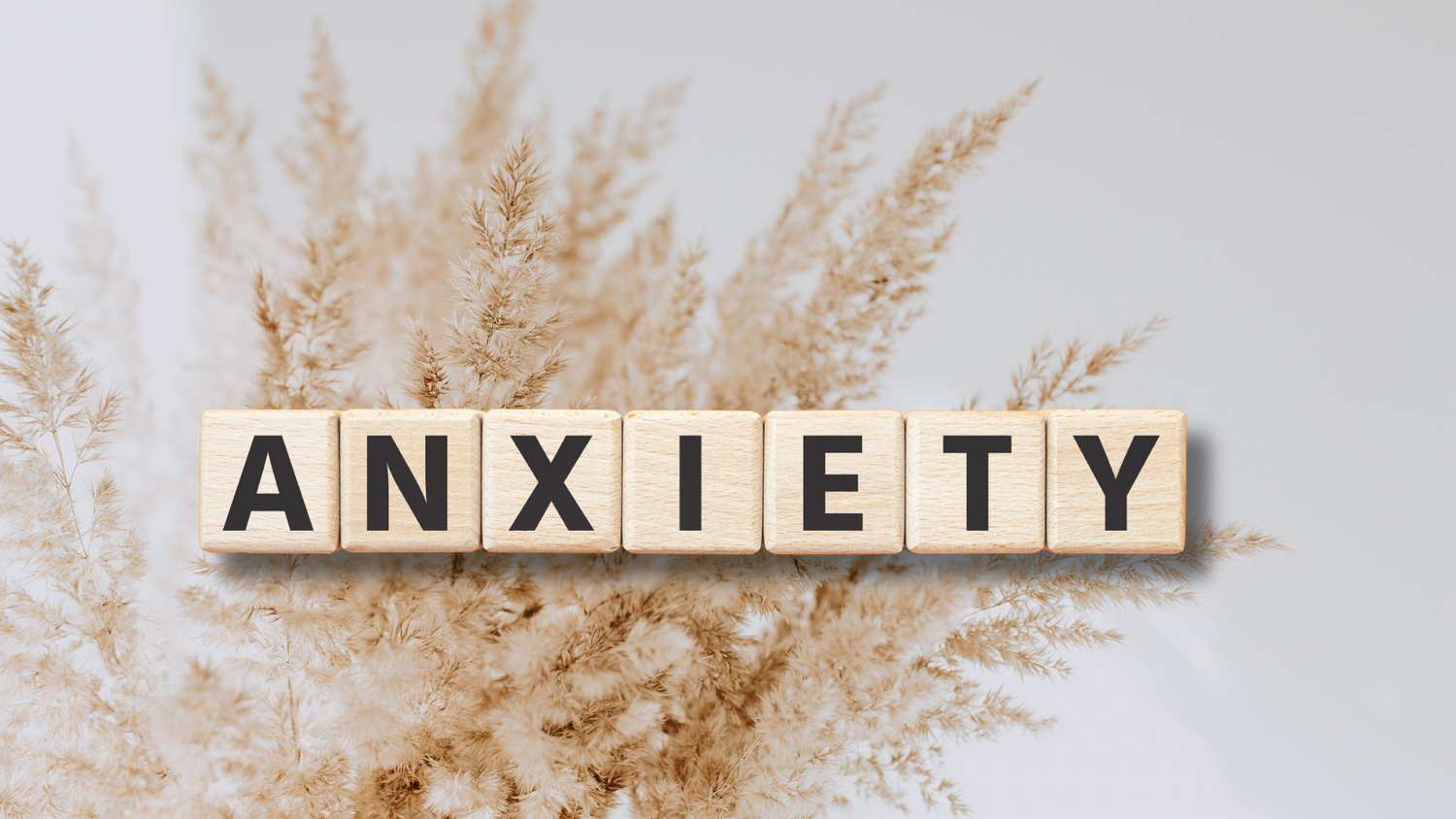Let's face it: when we think of taboo topics, vaginal atrophy might just make the top of the list. It's one of those subjects whispered about in hushed tones or brushed off with an awkward chuckle. But here's the thing – many women experience it, especially during the perimenopausal phase. So, let's tackle it head-on and remember, a dry sense of humour might just be the best remedy for a dry topic!
What is Vaginal Atrophy?
Vaginal atrophy, commonly associated with the peri menopausal phase, refers to the thinning, drying, and inflammation of the vaginal walls. This is due to the body's decreased production of estrogen. The once flexible, thick, and moist lining of the vagina can become thin, less elastic, and dry, making certain activities uncomfortable or even painful for some women.
Why Does it Happen during Perimenopause?
Perimenopause is the transition phase leading up to menopause, typically lasting for a few years. During this period, the ovaries gradually decrease the production of estrogen, a hormone crucial for maintaining the health and elasticity of the vaginal tissue. As estrogen levels fall during the peri menopausal stage, vaginal tissue becomes less elastic, more fragile, and less able to produce its natural lubrication. This results in vaginal atrophy.
The Impact on Women and Symptoms to Watch Out For
The consequences of vaginal atrophy can extend beyond physical symptoms, affecting sexual health, self-esteem, and overall quality of life. Common symptoms include:
- Vaginal Dryness: Perhaps the most mentioned symptom, a dry vagina can make daily activities uncomfortable and can significantly impact intimate moments, leading to painful intercourse.
- Vaginal Burning or Itching: These symptoms can become persistent, causing distress and discomfort.
- Frequent Urinary Tract Infections: The change in the vaginal environment can predispose women to recurrent infections.
- Urinary Incontinence: Some women might experience increased urgency or frequency of urination or even some leakage.
- Shortening or tightening of the vaginal canal: This can make sexual intercourse or even inserting a tampon more difficult.
It's important to remember that while these symptoms can be linked to vaginal atrophy, they might also be signs of other medical conditions. Hence, consulting a healthcare professional is crucial.
Managing Vaginal Atrophy: A Deeper Dive
The challenges of vaginal atrophy, though common during the perimenopausal phase, don't have to overshadow a woman's overall well-being. With a range of management options available, it's essential to be informed and make choices that best align with one's individual needs.
- Topical Estrogen Therapy:
- Description: This involves applying estrogen directly to the vaginal area to restore its natural elasticity and moisture.
- Forms: Available as creams, tablets, or rings.
- Recommendations: Often recommended for those who specifically have vaginal atrophy symptoms. It's less systemic than oral hormone replacement therapy, which means fewer overall side effects. Always consult with a gynecologist or your healthcare provider to discuss the right dose and method.
- Vaginal Lubricants and Moisturizers:
- Description: Over-the-counter products designed to alleviate vaginal dryness.
- Recommendations: Opt for water-based lubricants and look for products without parabens or other irritants.
- Vaginal Laser Therapy:
- Description: A newer approach using laser energy to stimulate collagen production in the vaginal tissue.
- Recommendations: Often considered for those who haven't found relief with other treatments. Ensure the procedure is done by a certified professional and discuss potential risks and benefits.
- Pelvic Floor Physiotherapy:
- Description: Exercises to strengthen the pelvic floor muscles.
- Recommendations: Particularly useful for those experiencing urinary incontinence or a sensation of vaginal heaviness. Seeking guidance from a trained physiotherapist ensures that exercises are done correctly, maximizing benefits.
- Hormone Replacement Therapy (HRT):
- Description: Systemic treatment that replaces hormones the body no longer produces after menopause.
- Forms: Pills, patches, gels, or injections.
- Recommendations: While effective in treating various menopausal symptoms, including vaginal atrophy, HRT isn't suitable for everyone. It's essential to discuss potential risks, such as blood clots or increased breast cancer risk, with a healthcare professional.
- Lifestyle Changes:
- Recommendations:
- Stop moking: Improves blood flow to the vaginal area.
- Regular Sexual Activity: Maintains vaginal elasticity – use it or lose it!
- Stay Hydrated: Drinking plenty of water supports overall hydration, which can assist with vaginal moisture.
Vaginal atrophy is one of those chapters in the perimenopause narrative that might catch some of us off-guard. But with the right knowledge and perhaps, a bucket of lube (who said diamonds are a girl's best friend?), we're all set to manage it! Remember, it's just a phase, and with a bit of understanding and self-care, navigating it becomes smoother. Here's to embracing every twist and turn of our journey!





